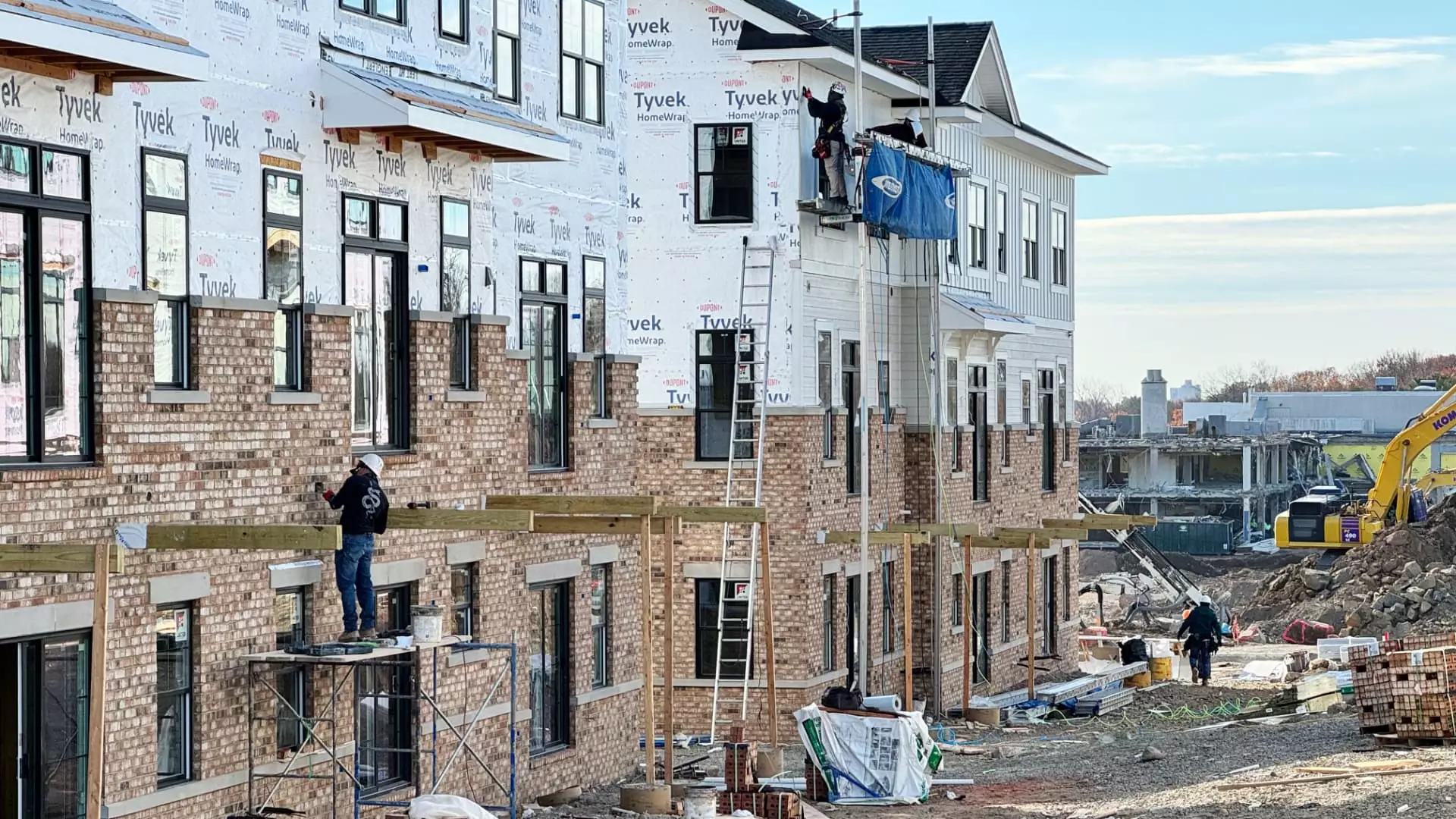The rising cost of housing has emerged as a critical issue in the discussions surrounding inflation in the United States. As President-elect Donald Trump prepares to tackle the economy, the pressures of housing expenditures are intertwined with broader inflationary trends that may pose unique challenges. A closer analysis reveals the complexities of the housing market and its implications for inflation, as well as the potential policy avenues that may alleviate current burdens.
Recent data from the consumer price index (CPI) reflects a dual narrative in the realm of housing costs. On one hand, November’s report highlighted the smallest annual increase in shelter costs since February 2022—a positive indicator suggesting a potential shift towards stabilization. The room for optimism is punctuated by the observation that essential components associated with rents witnessed minimal growth for the first time in over three years. However, a more sobering reality persists, as the annual rate of increase remains robust at 4.7%. This figure harkens back to contexts of inflation not seen since the early 1990s, raising alarms regarding affordability and the health of the housing sector.
Housing constitutes approximately 40% of the consumer price index, and its fluctuations are among the chief contributors to overall inflation. This significant weight means that control over this sector is vital if the Federal Reserve seeks to recession-proof its policies and maintain its inflation target of 2%. The recent uptick to 2.7% in CPI, or an alarming 3.3% when excluding food and energy, coupled with a sluggish decline in housing costs, complicates the pathway to achieving this goal.
The housing market is currently characterized by an imbalance between supply and demand, a phenomenon exacerbated by the pandemic’s impact on construction and real estate activity. According to Realtor.com, housing supplies in November were down by about 17% compared to five years ago. This persistent shortage is likely a significant barrier to effectively combating inflation, as limited availability continues to drive prices higher. While the national average rent dropped slightly to $2,009 in October, this figure still represented a year-over-year increase of 3.3%, crystallizing the broader trend of spiraling housing costs.
Economists suggest that the situation may slowly improve, but the pace appears frustratingly sluggish. Lisa Sturtevant, chief economist at Bright MLS, noted that declining annual rent growth should be expected; however, the timeline for such adjustments remains uncertain. This protracted process reflects the ingrained challenges across the housing economy, which often sees price levels respond reluctantly even when demand subsides.
The Federal Reserve plays a pivotal role in influencing interest rates, which in turn affect lending and housing accessibility. Despite recent cuts to the benchmark rate, mortgage rates have increased proportionally, underscoring a complex relationship between Federal policy and market realities. The high-interest environment, coupled with elevated costs of homeownership, complicates prospective homebuyers’ ability to enter the market, suppressing demand further and contributing to the inflationary cycle.
Moreover, any attempt to stimulate economic growth through tax cuts or tariffs may exacerbate the very inflation rates that current policy seeks to mitigate. Analysts caution that many of President-elect Trump’s proposed economic initiatives could fuel further inflationary pressures, especially given the considerable role of housing in inflation metrics.
Despite the economic hurdles, there are avenues that the incoming administration might pursue to alleviate housing costs. Trump has signaled an interest in deregulation which could pave the way for increased construction on federal lands and reduce barriers faced by homebuilders. Historically, such moves could bolster housing supply and help to slow rent and purchase price increases, but immediate impacts may be limited due to underlying market conditions.
While the current economic landscape presents daunting challenges—particularly in housing—there exists a spectrum of potential strategies that may be employed to gradually address inflation. Ultimately, the interplay between interest rates, housing supply, and federal policy will be critical in determining the trajectory of inflation in the months and years to come. Addressing these intricate issues requires not only keen economic insight but also a sustained commitment to actionable policy reform.

